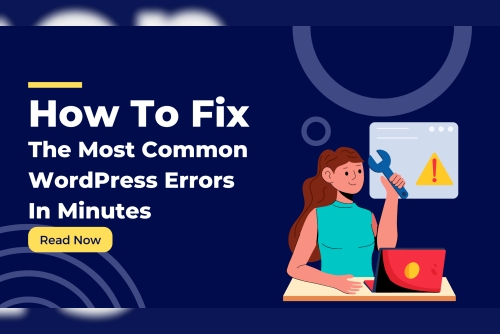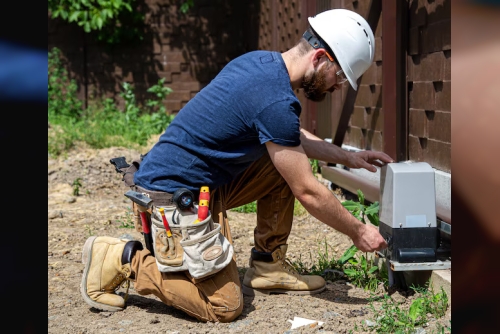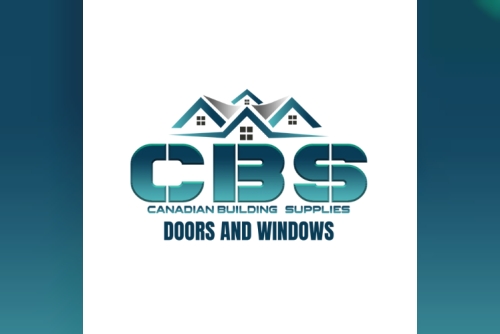Managing a WordPress website can be relatively easy, but like any other platform, technical issues can arise that interrupt your workflow and cause frustration. These common errors, if left unattended, can slow down your website’s performance and ultimately harm the user experience.
In this blog post, we will walk you through some of the most frequent WordPress errors, explain why they happen and guide you step by step on how to fix them in minutes.
By the end of this post, you’ll be able to identify and fix the most common WordPress errors confidently, ensuring your site runs efficiently for both you and your visitors. Whether you are handling WordPress website development on your own or working with a web development company like Digital4design, these solutions will save you from headaches and keep your website functional and optimized.
1. White Screen of Death (WSOD)
The White Screen of Death is a completely blank white screen that sometimes appears when trying to load your site. It’s frustrating, but it’s usually caused by issues with a plugin, theme, or even memory limitations.
How to Fix It:
Deactivate all plugins: If you can still access your WordPress dashboard, try disabling all of your plugins. Then, re-enable them one by one to see which one might be causing the problem.
Switch to a default theme: Go to your theme settings and temporarily switch to a standard WordPress theme like “Twenty Twenty-One”. If your site starts working again, the issue may lie with your custom theme.
Increase PHP memory limit: Sometimes, the problem arises because your site doesn’t have enough memory. Increasing the memory limit might help restore functionality.
2. Error Establishing a Database Connection
It’s a common problem that can occur in WordPress website development, often indicating that your website can't communicate with its database. This error can bring your entire site down, and it’s usually caused by incorrect database credentials or server issues.
How to Fix It:
Database login details: Double-check that your database name, username, and password are correct. You can find this information in the wp-config.php file.
Repair the database: WordPress has an in-built tool that can help you repair a broken database. Use this feature to restore your database.
Contact your hosting provider: If the issue persists, it could be due to problems on your web host’s end. Contact them for further assistance.
3. 500 Internal Server Error
A 500 Internal Server Error is a generic error message that means something went wrong, but the server isn't sure what the exact issue is. This could be caused by corrupted files, faulty plugins, or issues with your hosting server.
How to Fix It:
Check for corrupted files: Sometimes files get corrupted during an update. Replacing key WordPress files like `.htaccess` may solve the issue.
Increase your memory limit: If your website is running out of memory, increasing the memory limit can often resolve a 500 error.
Check for plugin conflicts: Deactivate all plugins and see if the site works again. If it does, reactivate them one at a time to find the problematic one.
4. 404 Error – Page Not Found
The dreaded “404 Page Not Found” error usually occurs when a specific page on your site can’t be found by visitors. This typically happens when links or URLs are broken.
How to Fix It:
Check permalinks: Go to your WordPress dashboard and navigate to Settings>Permalinks. Without making any changes, click Save to refresh the permalinks, which can often fix the problem.
Manually fix broken links: Sometimes, the issue might be with broken or mistyped URLs. Make sure all internal links on your site are correct.
5. Connection Timed Out
If your site is taking too long to load and eventually times out, you will see a “Connection Timed Out” error. This is usually caused by overloading your server with too many processes or large files.
How to Fix It:
Deactivate unnecessary plugins: Too many plugins running at once can overload your server. Disable those that are not essential.
Increase memory limit: Try increasing your site’s memory limit to help handle more processes at once.
Optimize your website: Make sure your site is optimized by reducing the size of images and clearing out unnecessary files.
6. 403 Forbidden Error
This error indicates that your server is refusing to load a specific page or resource. It’s often caused by incorrect file permissions or issues with your hosting provider.
How to Fix It:
Check file permissions: Ensure that the permissions for your files and folders are set correctly.
Check your .htaccess file: This file controls how your server interacts with WordPress. Sometimes, a small error here can cause a 403 error.
7. WordPress Sidebar Below Content
This issue happens when your WordPress theme’s layout breaks, causing the sidebar to drop below the main content. It’s often caused by incorrect coding or an issue with the theme. This problem can arise during WordPress website development if the theme is not properly configured.
How to Fix It:
Check your theme files: Review the theme’s layout files to make sure everything is coded correctly.
Switch to a different theme: If the problem persists, try switching to a different theme to see if the issue is specific to the one you’re using.
Conclusion
WordPress errors can feel daunting, but with these simple solutions, troubleshooting becomes easy. Keeping these quick fixes nearby helps your site run smoothly and stay user-friendly, whether you're managing it yourself or working with a web development company.
No more waiting on customer support or spending hours searching for solutions online—these simple steps will have you back on track in no time!
Don’t let technical issues slow you down or detract from your website’s performance. If you find yourself needing additional support, consider reaching out to a web development company like Digital4design. Our team of experts is here to help you navigate any challenges, so you can focus on what really matters—growing your online presence.
Don’t hesitate— contact us today to ensure your website runs seamlessly!












